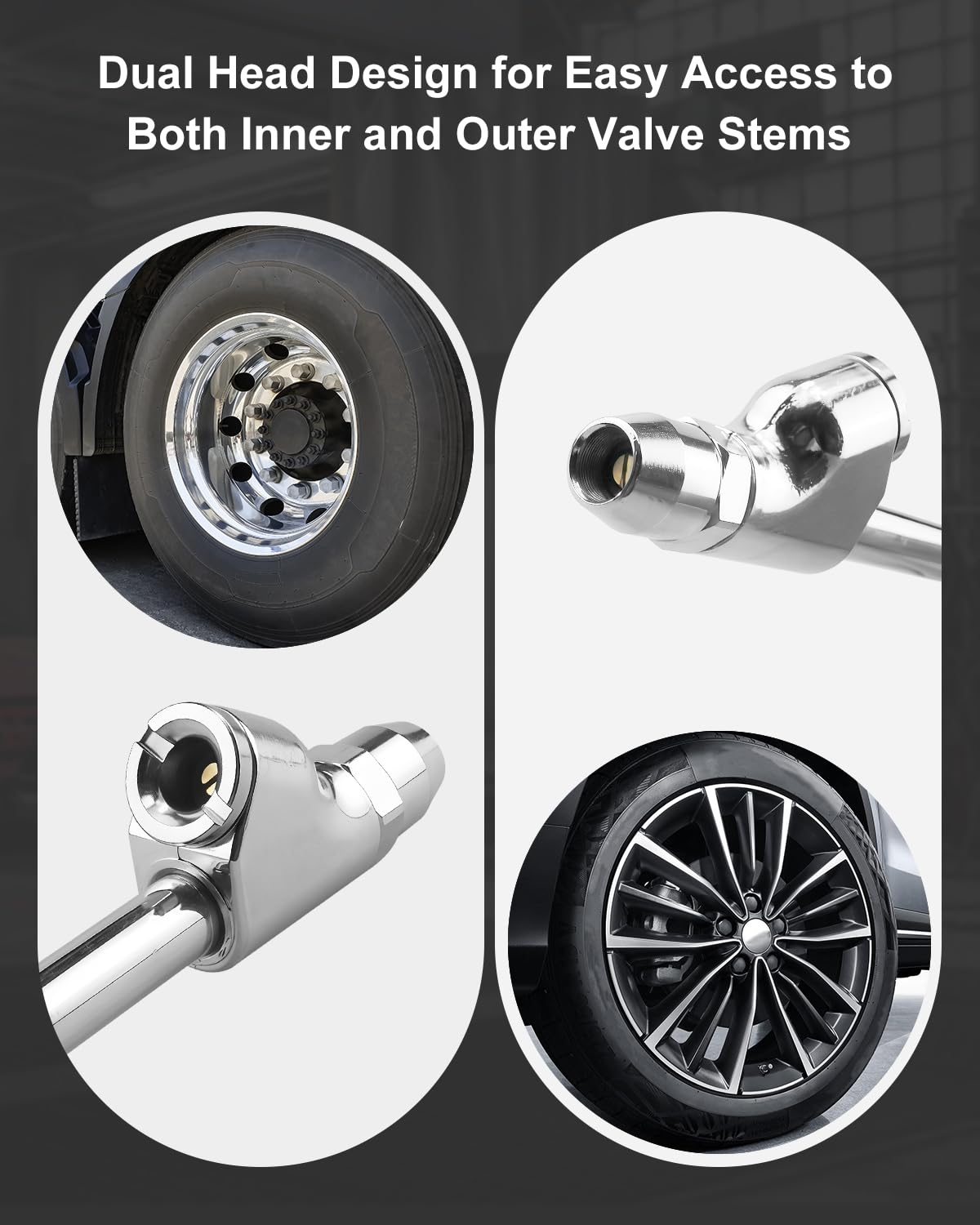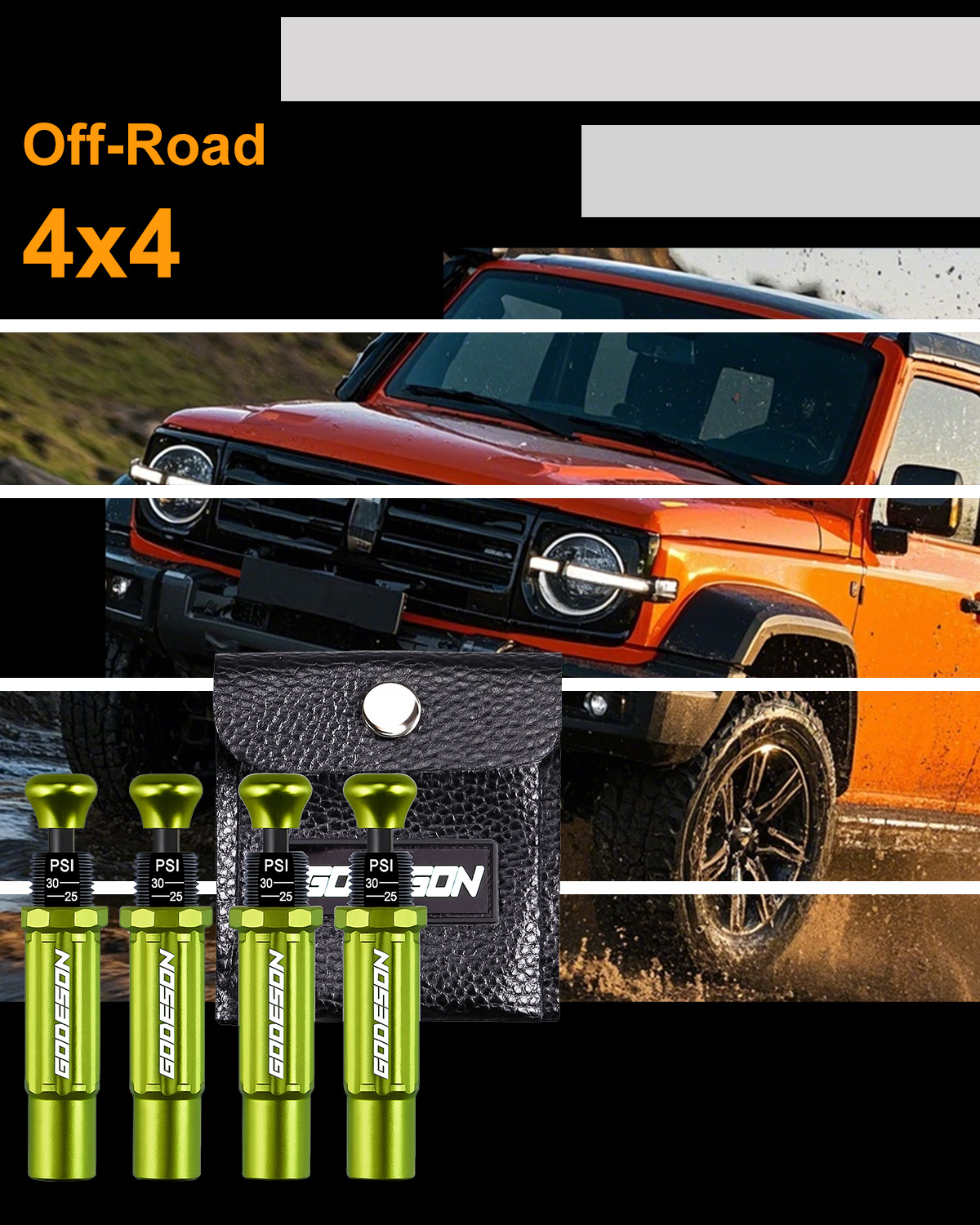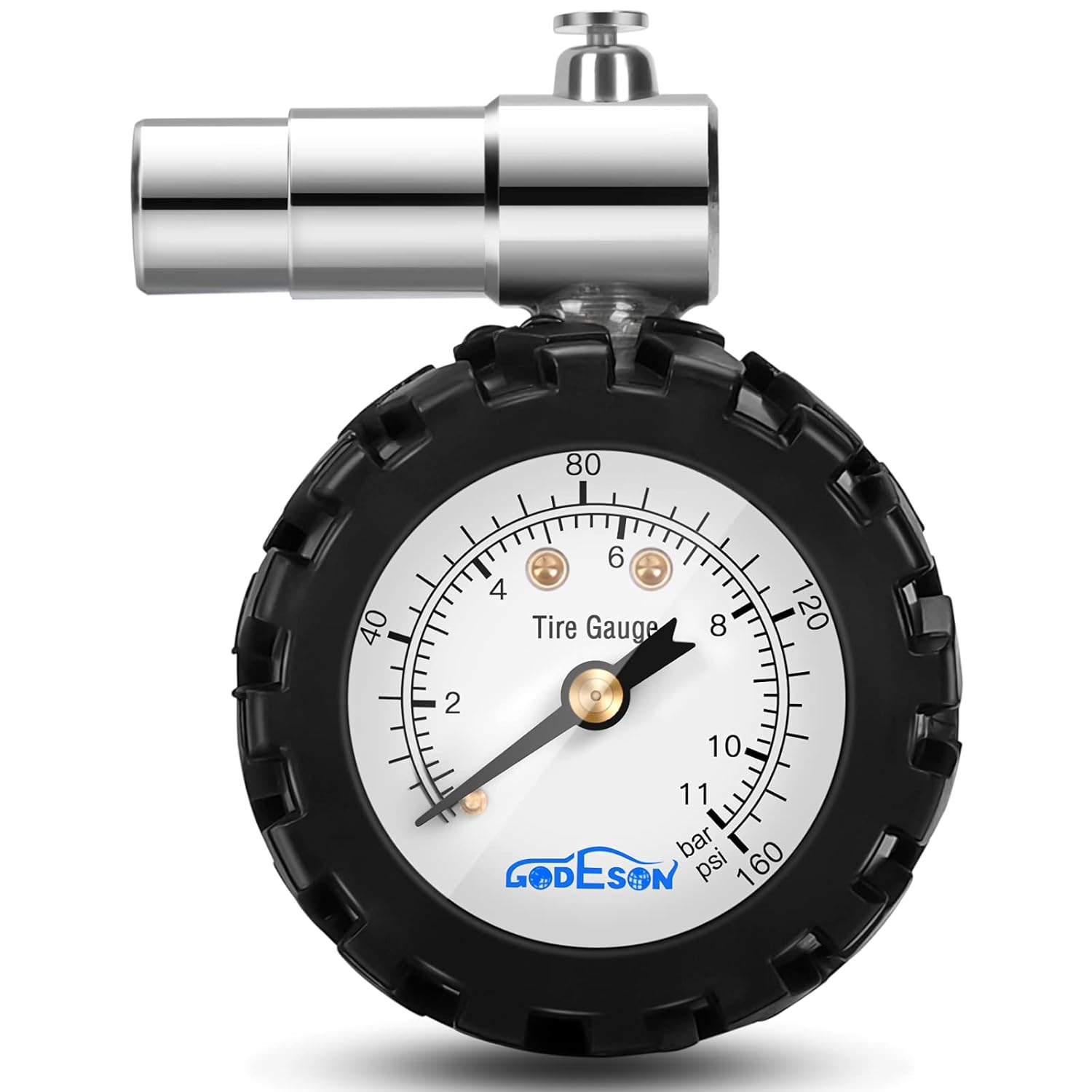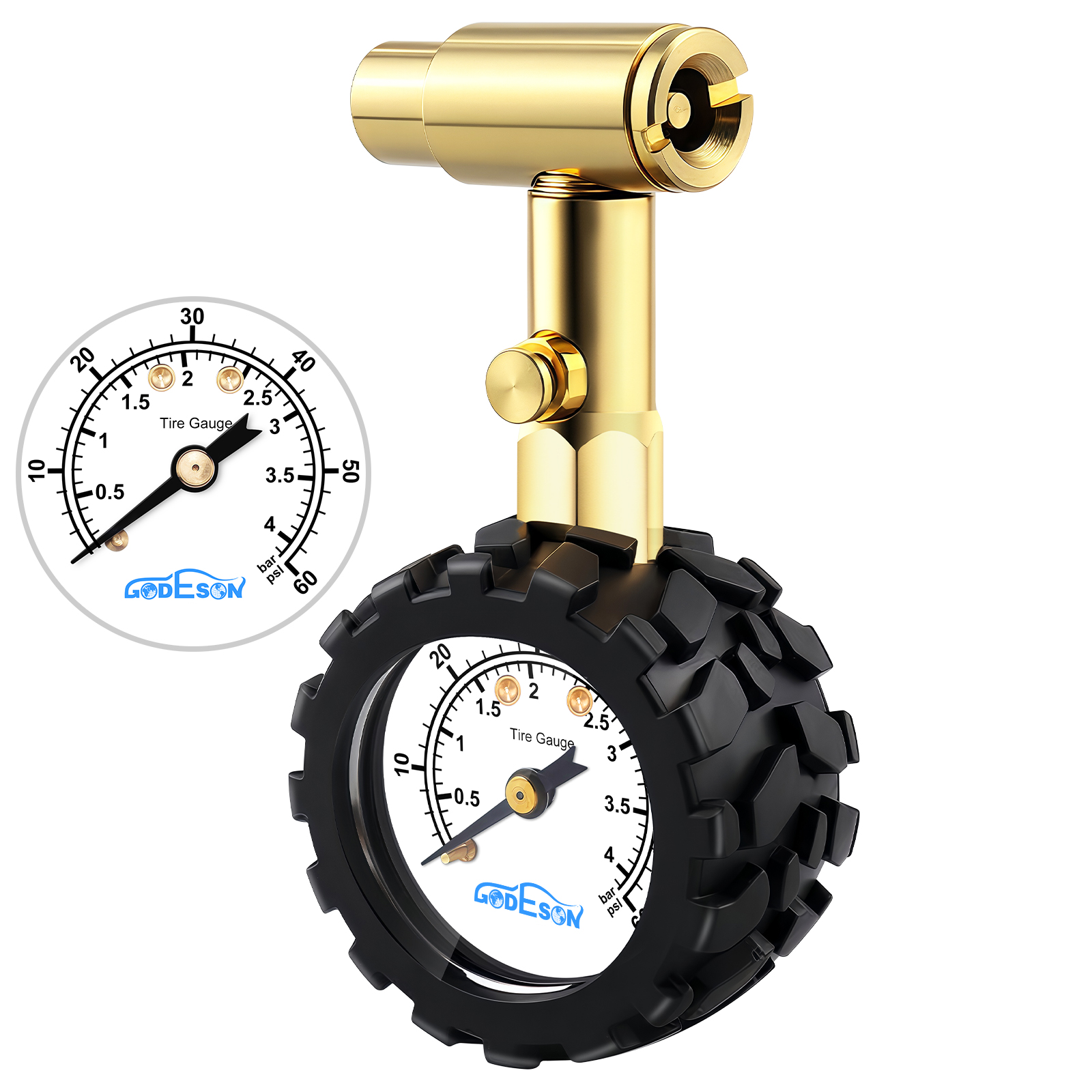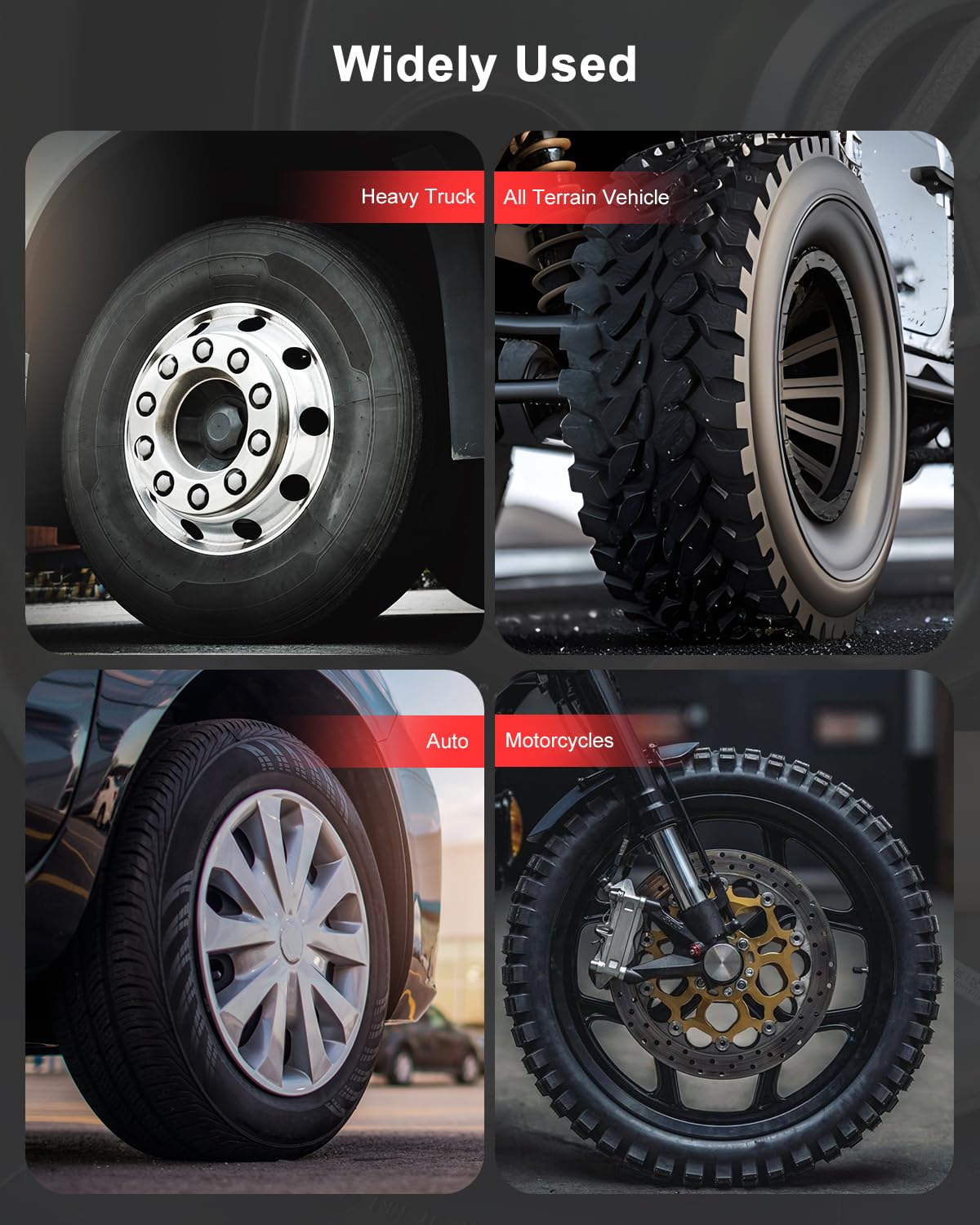Why the Right Gauge Matters for Your Vehicle
Maintaining optimal tire pressure is one of the most critical, yet often overlooked, aspects of vehicle maintenance. It directly impacts fuel efficiency, handling, and most importantly, your safety on the road. The cornerstone of this task is a reliable tire pressure gauge. When you set out to buy one, you'll find yourself at a crossroads, primarily choosing between two distinct types: the traditional analog gauge and its modern digital counterpart. Understanding the fundamental differences between these two is key to selecting the right tool for your needs and ensuring your tires are always in peak condition.
The Timeless Reliability of an Analog Tire Pressure Gauge
For generations of drivers and mechanics, the analog tire pressure gauge has been the trusted instrument for accurate readings. Its appeal lies in its simplicity and rugged durability. Unlike digital models, analog gauges operate mechanically, meaning they require no batteries. You never have to worry about a dead battery rendering your tool useless when you need it most. A perfect embodiment of this classic design elevated with modern precision is the GODESON Tire Gauge. This hand-held device is engineered for excellence, featuring a robust, rubberized rim that ensures a firm grip and protects the gauge from accidental drops. The sleek chrome body leads to a large, clear dial with crisp black and gold markings, allowing for effortless reading of both PSI and bar measurements up to an impressive 160 PSI. This makes it suitable for everything from family sedans to heavy-duty trucks. Its mechanical nature means it provides consistent, trustworthy results every time you use it, making it a favorite among professionals and enthusiasts who value dependability above all else.
The Modern Convenience of Digital Gauges
On the other side of the coin is the digital tire pressure gauge. Its primary advantage is its ease of use and precision. With a backlit LCD screen, digital gauges provide an exact numerical readout, often to a decimal point, which can be easily read in any lighting condition, including at night or in a dimly lit garage. Many digital models also come with added features, such as the ability to switch between different units of measurement (PSI, Bar, KPA) with the push of a button or even memory functions to store previous readings. This convenience appeals to the tech-savvy driver who appreciates immediate, unambiguous data. However, this technology comes with the reliance on batteries and electronic components, which can be more susceptible to damage from drops, moisture, and extreme temperatures.
Choosing Your Champion: A Head-to-Head Comparison
When comparing the two, the decision boils down to a trade-off between unwavering reliability and modern convenience. In terms of durability, the analog gauge is the clear winner. The mechanical construction of a tool like the GODESON gauge means fewer points of failure. It's designed to withstand the rigors of a workshop environment without the risk of electronic malfunction. For accuracy, both types can be highly precise, but a high-quality analog instrument provides a level of trust that many seasoned users prefer. While a digital gauge offers a specific number, an analog dial gives a visual representation of the pressure that can be just as easy to interpret, especially on a well-designed face like that of the GODESON. Finally, there's maintenance and cost. An analog model is a one-time purchase with no ongoing costs for batteries. It represents a long-term, dependable investment in your automotive toolkit, offering peace of mind that it will be ready to perform whenever you need it.



